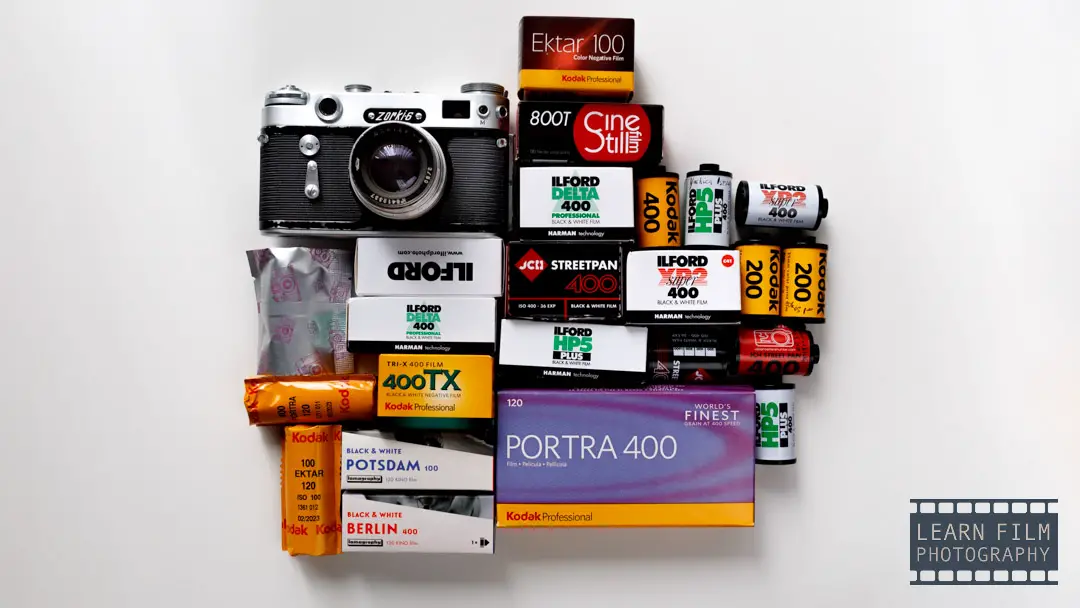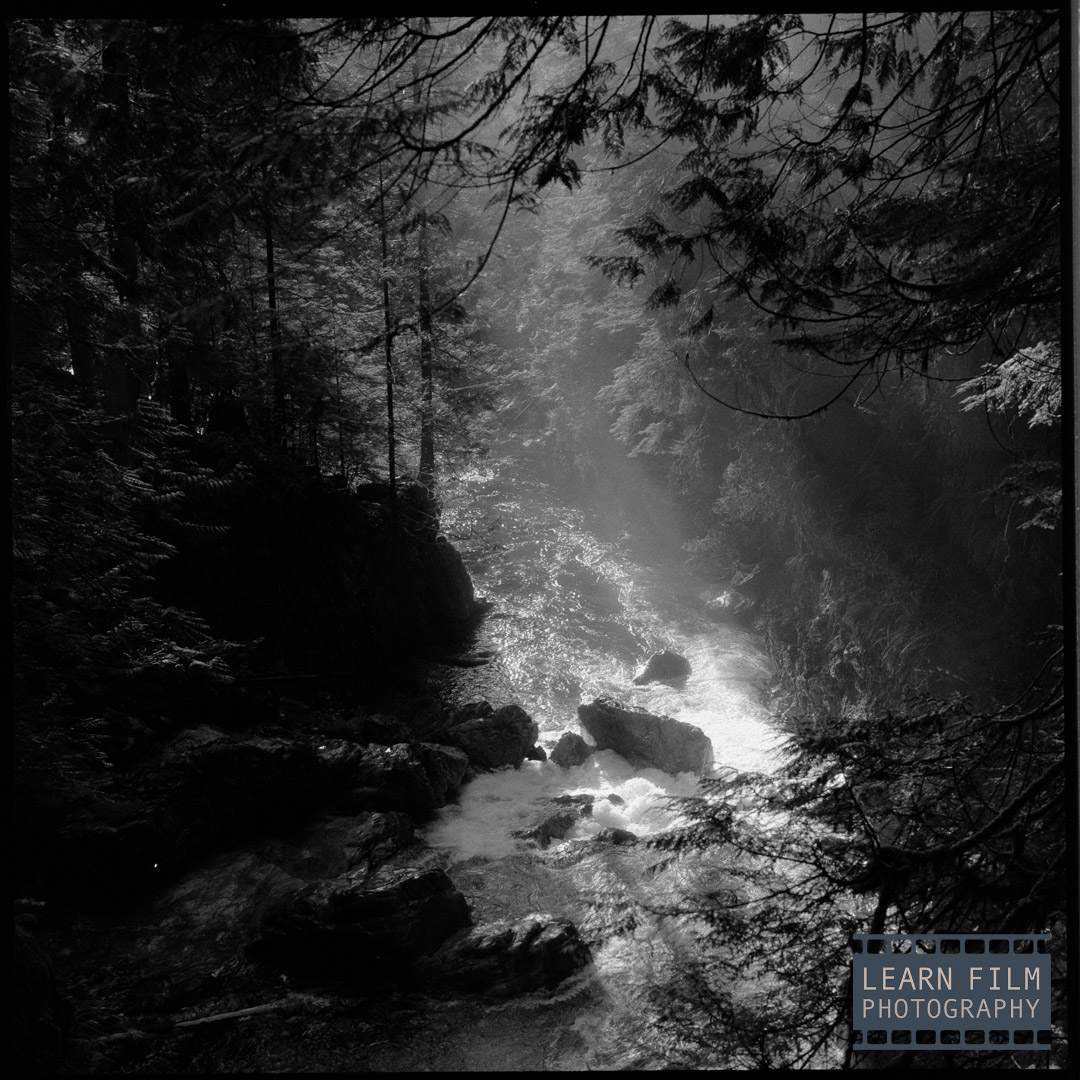If you’re new to film photography, one thing you’ll surely notice is that there are a number of films that people say are rebranded. Many photographers avoid rebranded film stocks out of fear that they are paying a premium for a brand name on top of the cost of film.
The latest rebrand controversy is Fujifilm dropping their C200 film in the US, and rebranding it as Fuji 200. The technical datasheets published by the company look suspiciously like the datasheets for Kodak Gold 200, allowing Fuji to further drop production of their own film.
The Fuji case is something else entirely, and if it’s true, is a sad day for the film photography community. But why would manufacturers like Kodak Alaris choose to allow their film to be rebranded in the first place?
There are three reasons why allowing film to be rebranded is good for film manufacturers:
- Rebranding decreases marketing risk
- It keeps the cost of film down by accessing economies of scale.
- Rebranding helps manufacturers reach new audiences.
As someone who has experience in marketing and photography, let’s get into why rebranding happens, and why it can be a good thing for the community.

Why do manufacturers allow their film to be rebranded?
Every manufacturer does this with some of their film. Kodak famously allows rebranding of Kodak Gold, Ultramax, and Portra 800.
Fomapan allows rebranding for their entire black and white lineup, and even Fuji allows rebranding by companies like Ilford and others they are connected to.
When thinking about this, I always believed that Kodak, being a familiar brand we associate with professional films, would be able to make more money by keeping the film to themselves. Why give your profit away to another competing company like Lomography?

Economy of scale
Having other brands use their films allows the manufacturer to keep their film production high.
The manufacturer will be able to produce film cheaper the more they can keep their machines running.
The problem is Kodak can only market Kodak Gold 200 once. When everyone knows Kodak Gold, then Kodak is less able to change pricing, or sell people more Kodak Gold than they’re already buying.
But when brands like Fujifilm, Kroger’s, Lomography, and others market Kodak Gold, they’re adding a significant number of loyal clientele to Kodak’s base.
That means Kodak can sell more film without reducing the price. Then, if Lomography or Fuji sells the film cheaper, they do so without diluting the perceived market value of Kodak’s ‘premium’ brand offering.
Now Kodak benefits from economy of scale, and their brand (Kodak Alaris in this case) makes more money off of their advertising and marketing.

Giving away to the competition
By Kodak allowing companies like Lomography to rebrand, they are adding to the competition.
There is some truth to that statement, but if they undercut Kodak too much, Kodak can just cut off the supply.
But also on the store shelves, everyone knows that when they buy Kodak, they are getting the highest-quality film.
Consumers associate cheap with bad. It’s a feature that marketers have worked hard to achieve over the last century.
Since bad film takes bad photos, you can expect that the cheaper film next to Kodak will actually make the Kodak film look more enticing at its higher price.
Some consumers are very happy to buy store-branded film at a lower price. Others want to be sure they’re getting the best of the best.

Do they even compete?
The next important question that has to be asked is whether or not Kodak and other manufacturers even compete in the first place?
Kodak and Fuji are most certainly head-to-head competitors. But Kodak and Lomography are not quite the same.
Lomography is known for making analog photography fun. They make false-color film stocks like Lomo Purple and do have a line of consumer film, like their Lomo 100, 400, and 800, as well as Earl & Lady Grey for black and white.
Brand association
But even though their standard color films are made by Kodak, they don’t really compete. Audiences who are interested in Lomography aren’t always interested in Kodak.
In fact, even though it’s the same film, many people say the Lomo colors are more saturated and contrasty than Kodaks. Either the labs treat Lomo and Kodak-branded films differently when scanning, or photographers themselves make different associations based solely on the brand they are shooting.
Since that brand association exists, when Kodak sells film to Lomography, they are getting access to a completely new audience who wants that extra saturation. Both companies benefit from the different associations (whether real or perceived) that people create.
Lomography attracts young photographers into the film photography market. When those younger photographers fall in love with the medium, they will eventually try out the name-brand professional Kodak products like Portra, Ektar, and TMax.
Lomography is doing the heavy lifting by taking on that marketing risk. Then Kodak gets to rely on brand awareness to sell them the expensive products.

120 film differences between Lomography and Kodak
Lomography actually does make some changes to the film they sell.
Even though Lomo color films use the same emulsion as Kodak, the bases are thinner, and the film doesn’t usually have the remjet-like backing layer that washes off in the pre-rinse.
That results in medium format films that are more prone to halations (like Cinestill film), and are typically much curlier.
The difference is stark when you have both Kodak and Lomography films side by side.
You can see the same thing with their Earl and Lady Grey film lineup. The Lomo films are much curlier than Fomapan, even if they both come from the same factory.

Final thoughts
Rebranded film is here to stay. It’s smart marketing from Kodak, Foma, Ilford, and Fuji, because it reduces their risk and opens up their products to new markets.
Before Lomography, it was hard to get Fomapan film in the USA. And there are still some Fuji stocks that aren’t available everywhere. Though those may disappear in time.
Marketing is a risk. Companies pay millions a year in advertising to raise brand recognition and get their products to sell.
So if a company can make the product and offload that marketing risk onto other companies, it significantly reduces their risk exposure — especially with products that do expire.
So if you can find rebranded film for cheaper, buy it. It won’t make much of a difference, but you’ll be helping more people start-up in the film industry while also supporting the original manufacturer.
At the end of the day, the success of the rebranded film is the same success of the film industry. We need to keep this alive.

By Daren
Daren is a journalist and wedding photographer based in Vancouver, B.C. He’s been taking personal and professional photos on film since 2017 and began developing and printing his own photos after wanting more control than what local labs could offer. Discover his newest publications at Soft Grain Books, or check out the print shop.
